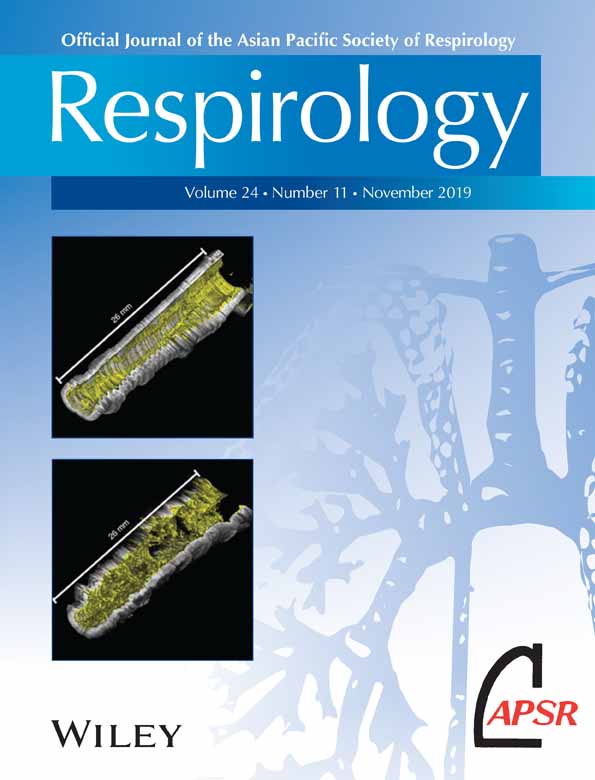Analysis by proteomics reveals unique circulatory proteins in idiopathic pulmonary fibrosis
ABSTRACT
Background and objective
Idiopathic pulmonary fibrosis (IPF) is a progressive fibrotic disease that has a poor 3-year median survival rate with unclear pathophysiology. Radiological features include bibasal, subpleural fibrosis and honeycombing while its pathology is characterized by fibroblastic foci and honeycombing. Proteomic analysis of circulating molecules in plasma may identify factors that characterize IPF and may assist in the diagnosis, prognostication and determination of pathogenic pathways in this condition.
Methods
Two independent quantitative proteomic techniques were used, isobaric tags for relative and absolute quantitation (iTRAQ) and multiple reaction monitoring (MRM), to identify differentially expressed plasma proteins in a group of IPF patients in comparison to healthy controls with normal lung function matched for age and gender.
Results
Five proteins were identified to be differentially expressed in IPF compared to healthy controls (upregulation of platelet basic protein and downregulation of actin, cytoplasmic 2, antithrombin-III, extracellular matrix protein-1 and fibronectin).
Conclusion
This study further validates the combinational use of non-targeted discovery proteomics (iTRAQ) with targeted quantitation by mass spectrometry (MRM) of soluble biomarkers to identify potentially important molecules and pathways for pulmonary diseases such as IPF.




